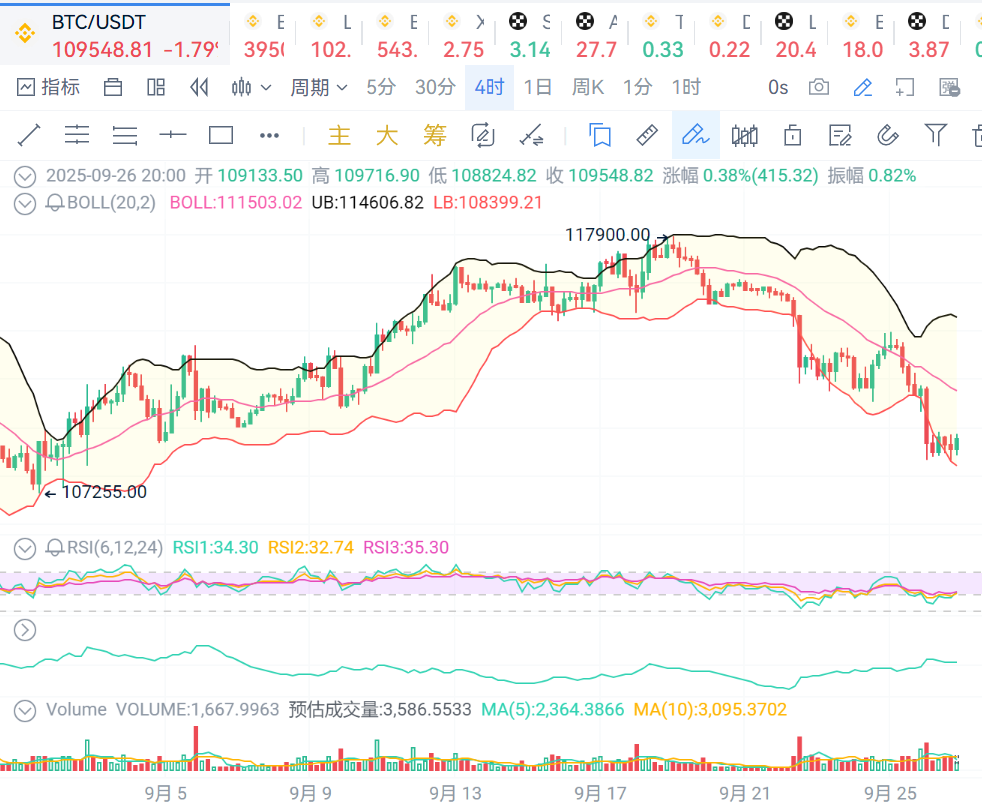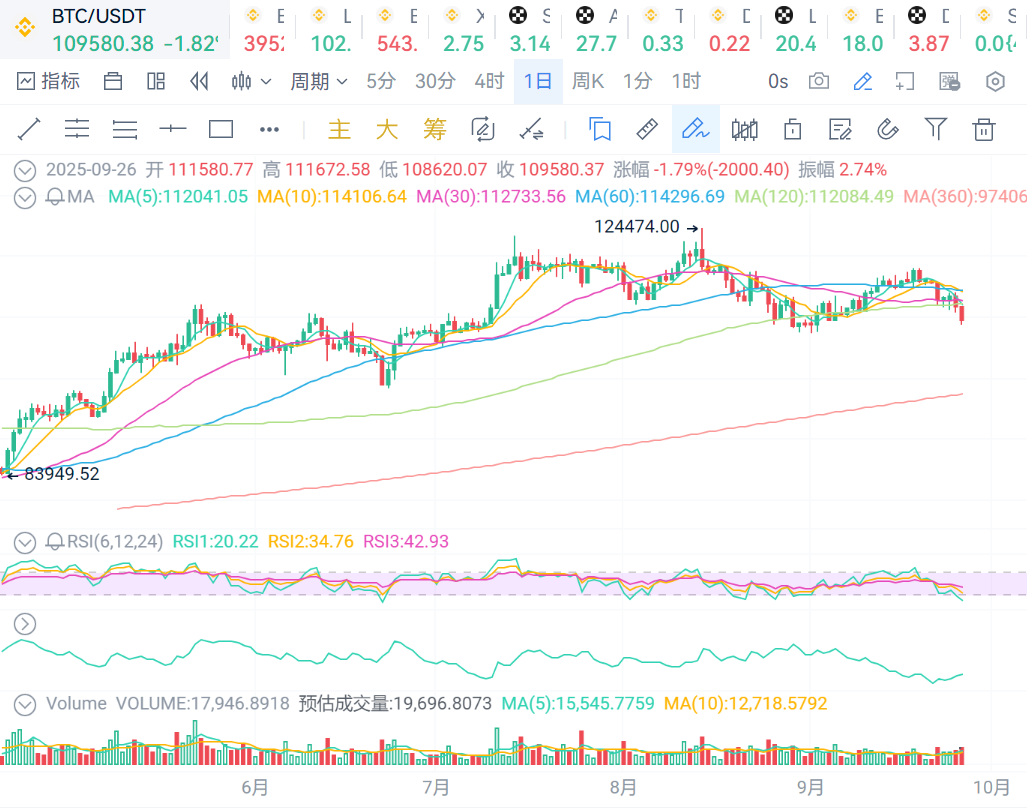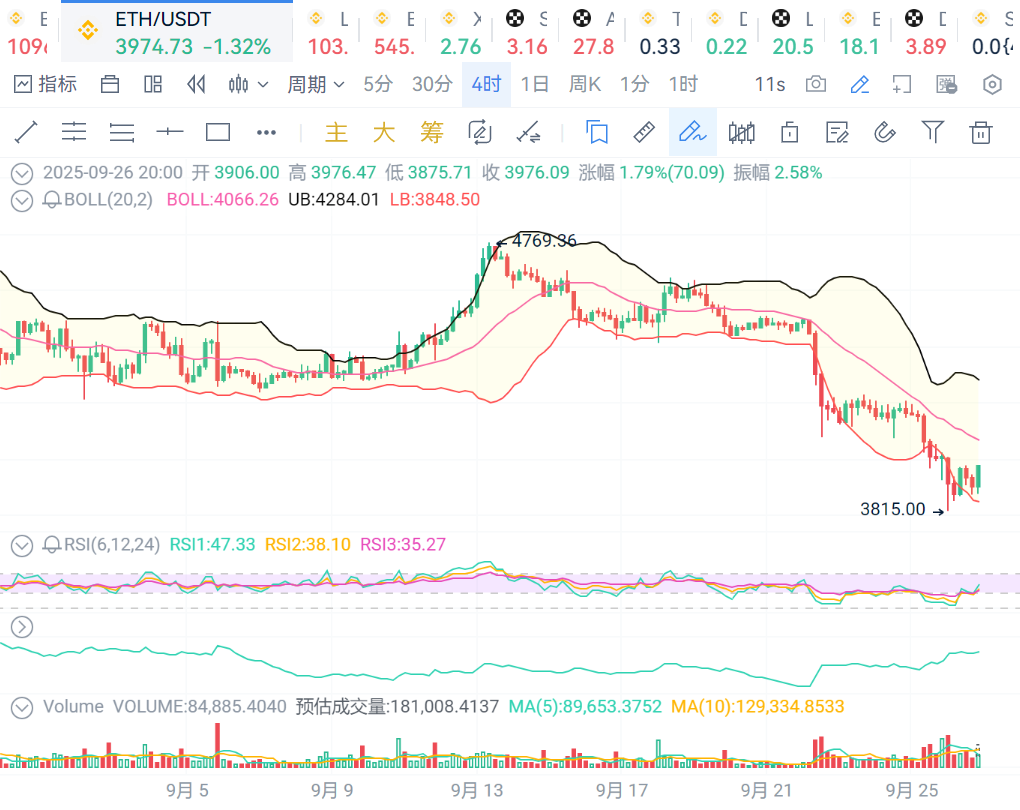Good evening, brothers!
Whenever there is a bear market, we often see many "sensational" news headlines, such as "The total market value of ×× stock evaporated by over 100 billion yuan in two days." From the perspective of journalists, as long as they do not violate objective facts, the headlines they use must be eye-catching enough; phrases like "market value evaporated" are more likely to attract the attention of investors. But what is the real situation?
Let's consider a scenario. During the process of Tencent Holdings dropping from 400 HKD/share to 200 HKD/share, there are three types of participants in the market: first, the sellers, whose actual loss is 50%; second, the sitters, who only bear paper losses, and whether they truly gain or lose will only be known when they liquidate; third, the accumulators, who acquire low-priced chips from the sellers, and once Tencent Holdings' stock price reverses, they start making profits.
Buffett is right; one sale means one purchase. The loss of the sellers is actually the profit of the accumulators. Under Buffett's years of patient teaching, the vast majority of Berkshire's shareholders can remain calm during bear markets. By the end of the year, about 97% of shareholders choose to continue holding their stocks. In my view, when the stock market crashes, we must not become sellers; even if we don't have money to accumulate, we should at least sit still.
Just like when BTC retraces from 60,000 to 20,000, for most people it is a crash, but for those looking to accumulate, it is an opportunity.
……
……
Those "treasury companies" that have heavily bought Bitcoin through PIPE (private investment in public equity) are facing immense pressure as their stock prices revert to discount issuance levels, with current investors potentially facing losses of up to 55%. Several companies have shown similar trajectories in their stock prices, indicating that the structural risks of this model are becoming apparent.
According to a report by CryptoSlate on September 25, this pressure pattern is consistently observed among several companies that used PIPE transactions to fund Bitcoin purchases. Some companies' stock prices have fallen below their PIPE issuance prices, while others face similar risks.
BTC: On the 4-hour level, the price continues to stay near the lower Bollinger Band, showing a weak price trend.

On the daily level, the price continues to be suppressed by multiple moving averages, showing a weak price trend.

In summary, the support level is 109200, and the resistance level is 109800.
ETH: On the 4-hour level, the price continues to stay near the lower Bollinger Band, showing a weak price trend, with a support level of 390 and a resistance level of 410.

LTC: The price continues to stay near the lower Bollinger Band, showing a weak price trend, with a support level of 100 and a resistance level of 106.

BCH: The price continues to stay below the middle Bollinger Band, showing a weak price trend, with a support level of 530 and a resistance level of 560.
That's all for now, good night!

免责声明:本文章仅代表作者个人观点,不代表本平台的立场和观点。本文章仅供信息分享,不构成对任何人的任何投资建议。用户与作者之间的任何争议,与本平台无关。如网页中刊载的文章或图片涉及侵权,请提供相关的权利证明和身份证明发送邮件到support@aicoin.com,本平台相关工作人员将会进行核查。




